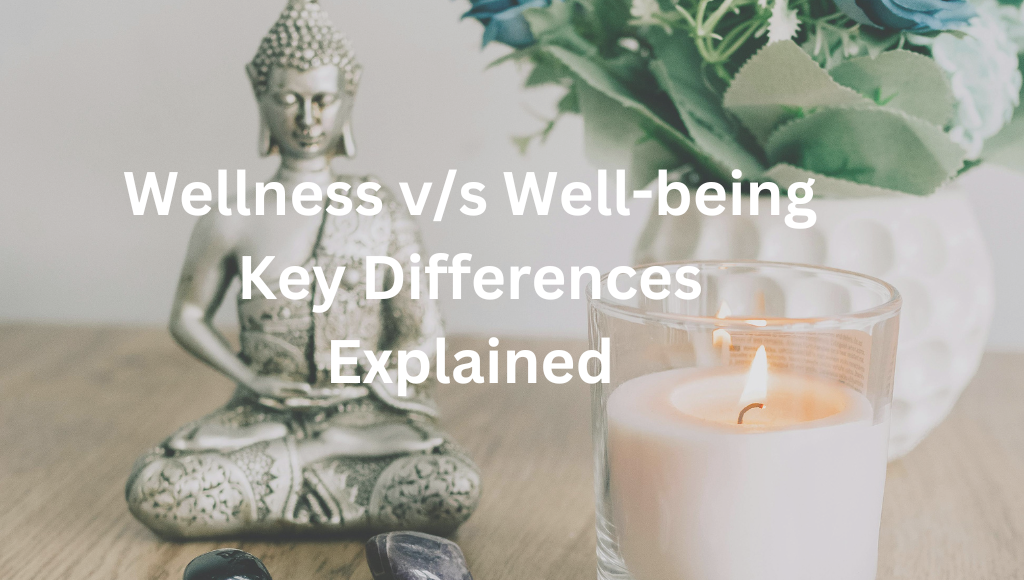
Understanding Mindfulness Meditation
Mindfulness meditation is geared toward helping you remain in the moment. It entails paying attention to your breath, thoughts, and environment without criticism. The aim is to identify your feelings, sensations, and behaviors that lead to a relaxed mind.
Many people use mindfulness meditation techniques to relieve stress, elevate mental focus, and improve general health. It’s not about stopping the flow of thoughts; it’s about learning to disassociate. By consistently practicing these practices, one can cultivate inner peace and focus.
Benefits of Daily Mindfulness Practices
There are many physical and psychological advantages to practicing mindfulness. Some of the most noticeable benefits are:
- Better Stress Management: The practice of mindfulness meditation techniques reduces cortisol levels, alleviating stress and anxiety.
- Augmented Attention Span: Daily practice improves focus and cognitive skills.
- Promotes Positive Feelings: Mindfulness helps manage emotions, thus reducing negative self-perceptions.
- Enhances Sleep Quality: Practicing mindfulness aids in relaxing the mind, thus improving the ability to fall and stay asleep.
- Improves Immune System Response: According to some studies, practicing mindfulness helps improve health by enhancing the functioning of the immune system.
- Enhances Self-Knowledge: Mindfulness and being in the present enable better self-understanding and decision-making.
Basic Mindfulness Practices for First-Timers
It is easier for a beginner to start with simple mindfulness meditation techniques. In this case, here are some simple ideas to help you get started.
1. Awareness of Breathing
Shift your attention to your in-breath and out-breath. Observe the cycle without attempting to manipulate it. If thoughts disturb you, kindly redirect your attention to your breath.
2. Meditation for Scanning the Body
Sit or lie in a comfortable position. Close your eyes. Focus on different body parts, starting from the toes and working your way to the head. If you notice tension, let it go.
3. Walking with Intention
Focus your attention on the movements you make while taking smooth steps. Pay attention to how the feet of the leg being lifted make contact with the ground. Notice the feelings and movements involved.
4. Practice of Appreciation
Pick a few things you would like to appreciate every day. Reflecting on these things for some time helps practice mindfulness and reduces feelings of negativity.
5. Thought Observation
Spend silence, tracking your thoughts as they arise and fade away. Rather than criticizing them, pay attention to them and let them slowly fade away.
Making The Most Out Of Meditation Using Accessories
Some meditation accessories shift the experience of mindfulness to a higher level and change the environment to be much more peaceful. Here are a few of them:
1. Meditation Cushions
A well-supported cushion promotes correct body alignment and minimizes discomfort when sitting still for long periods.
2. Singing Bowls
The sounds produced by singing bowls are soothing and help deepen meditation and relaxation.
3. Aroma Oils and Incense
Herbal scents like lavender, sandalwood, and chamomile can increase mindfulness by providing calming scents and creating a soothing atmosphere.
4. Himalayan Salt Lamps
These lamps clean the surrounding area and emit a soothing, soft light that encourages a peaceful meditation zone.
5. Guided Meditation Apps
Apps such as Headspace or Calm provide guided support for beginners in using mindfulness meditation.
Dealing With Stress Through Mindfulness Techniques
Stress is a part of life, but you may manage it better with mindfulness. The following are mindfulness meditation techniques that lower stress levels
- Stops Overthinking: Stress may stem from rehashing past events or worrying about what might happen next. Mindfulness centers your attention on the present moment, breaking the cycle.
- Control Feelings: Mindfulness meditation techniques assist you in responding appropriately to stress rather than reacting emotionally.
- Promotes Easing of Tension: Relaxation exercises alongside meditation help reduce the heart rate and blood pressure, leading to relaxation.
- Develops an Ability to Bounce Back: Daily mindfulness practice increases your ability to deal with challenging, stressful situations.
- Improves Sleep: With a calm mind, you sleep better which reduces stress and increases well-being.
How To Go About Mindfulness Routines
Starting a mindfulness routine is not difficult, but remember that day-to-day focus is essential. Just remember these:
- Allocate Time Each Day: Set a particular time during which you do mindfulness meditation techniques. Even five minutes is helpful.
- Have A Quiet, Peaceful Space: A quiet, uncluttered area should be available.
- Use a Guided Session: Those with challenges in headspace can follow readily available guided sessions found on apps or the internet.
- Begin With Breathing Exercises: Concentrate on your breath before moving to higher-level techniques.
- Be Patient: Mindfulness is a process, so take your time.
- Track Your Progress: Journaling can help you reflect upon your progress during this experience.
Conclusion
Incorporating mindfulness meditation techniques into your lifestyle can create a harmonious and tranquil life. Whatever level of practice you are on, whether you are just beginning to understand mindfulness or have been practicing for years, it is time to adopt simple practices with meditation accessories that emphasize the present moment to ease anxiety. Please try to see how mindfulness can change your everyday life!



